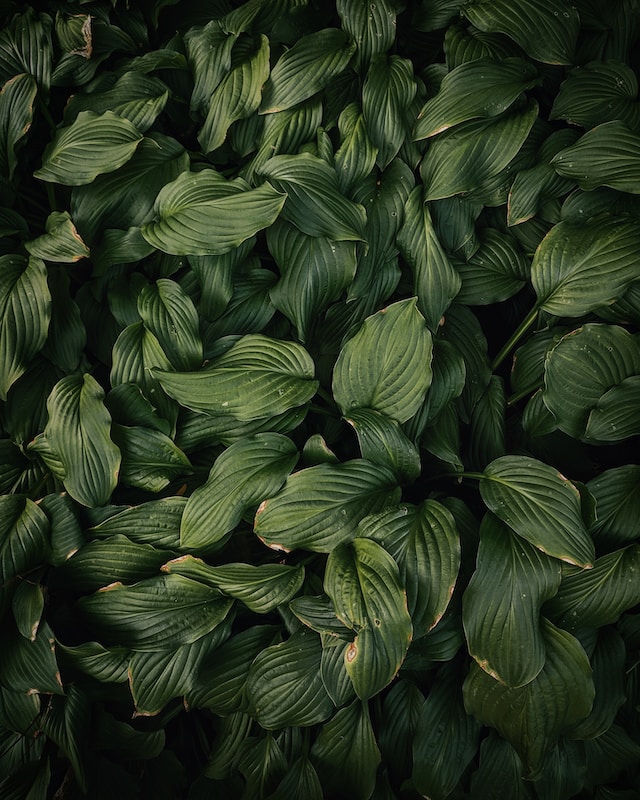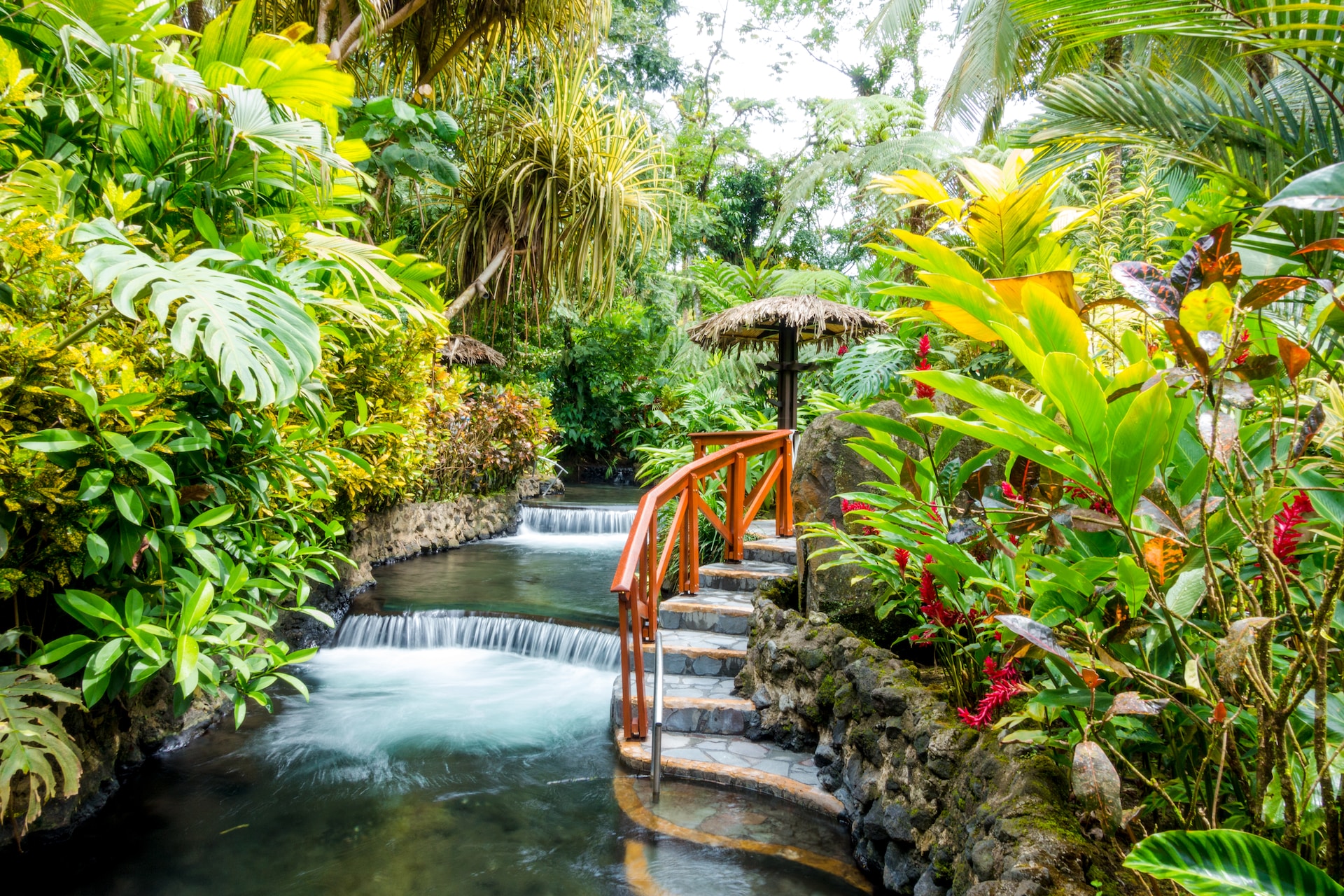A garden is a place of beauty and tranquility, and adding a splash of color can make it even more inviting. With so many colorful plants to choose from, it can be overwhelming to decide which ones to include in your garden. In this article, we’ll explore some of the best plants to create a multicolored garden oasis.
Choosing the Right Plants
Before you start planting, it’s important to consider the climate and soil conditions in your area. Some plants thrive in full sun, while others prefer shade. Additionally, some plants require well-draining soil, while others prefer moist soil. By choosing plants that are well-suited to your climate and soil conditions, you’ll be setting yourself up for success.
Colorful Flowers
Flowers are a classic way to add color to your garden. Here are some of the most colorful flowers to consider:
1. Black-eyed Susan: These bright yellow flowers with dark centers are a favorite of gardeners. They bloom from mid-summer to fall and attract butterflies and bees.
2. Coneflower: Coneflowers come in a variety of colors, including pink, purple, and white. They bloom from mid-summer to fall and are a favorite of pollinators.
3. Daylily: Daylilies come in a variety of colors, including yellow, orange, and red. They bloom from early summer to fall and are easy to care for.
4. Iris: Irises come in a variety of colors, including purple, blue, and yellow. They bloom in late spring to early summer and are a favorite of gardeners.
5. Peony: Peonies come in a variety of colors, including pink, red, and white. They bloom in late spring to early summer and are a favorite of gardeners.
Colorful Foliage
Foliage is another way to add color to your garden. Here are some of the most colorful foliage plants to consider:
1. Heuchera: Heuchera, also known as coral bells, come in a variety of colors, including purple, green, and silver. They are easy to care for and add color to your garden all season long.
2. Hosta: Hostas come in a variety of colors, including green, blue, and yellow. They are easy to care for and add texture to your garden.
3. Japanese Maple: Japanese maples come in a variety of colors, including red, orange, and green. They add color and texture to your garden and are a favorite of gardeners.
4. Ornamental Grasses: Ornamental grasses come in a variety of colors, including green, blue, and red. They add texture and movement to your garden.
5. Sedum: Sedum, also known as stonecrop, come in a variety of colors, including green, red, and yellow. They are easy to care for and add color to your in late summer to fall.
Creating a Colorful Garden Design
When designing your garden, it’s important to consider the colors of the plants you choose. Here are some tips for creating a colorful garden design:
1. Choose a color scheme: Decide on a color scheme for your garden. You can choose complementary colors, such as purple and yellow, or contrasting colors, such as red and green.
2. Use color to create focal points: Use colorful plants to create focal points in your garden. For example, plant a group of brightly colored flowers in the center of your garden.
3. Consider the height of your plants: When designing your garden, consider the height of your plants. Plant taller plants in the back of your garden and shorter plants in the front.
4. Add texture: Use plants with different textures to add interest to your garden. For example, combine plants with smooth leaves with plants with rough leaves.
5. Use containers: Use containers to add color to your garden. Plant colorful flowers in pots and place them throughout your garden.
In conclusion, creating a multicolored garden oasis is easy with the right plants and design. By choosing colorful flowers and foliage plants that are well-suited to your climate and soil conditions, and using color to create focal points and add texture, you can create a garden that is both beautiful and inviting.










